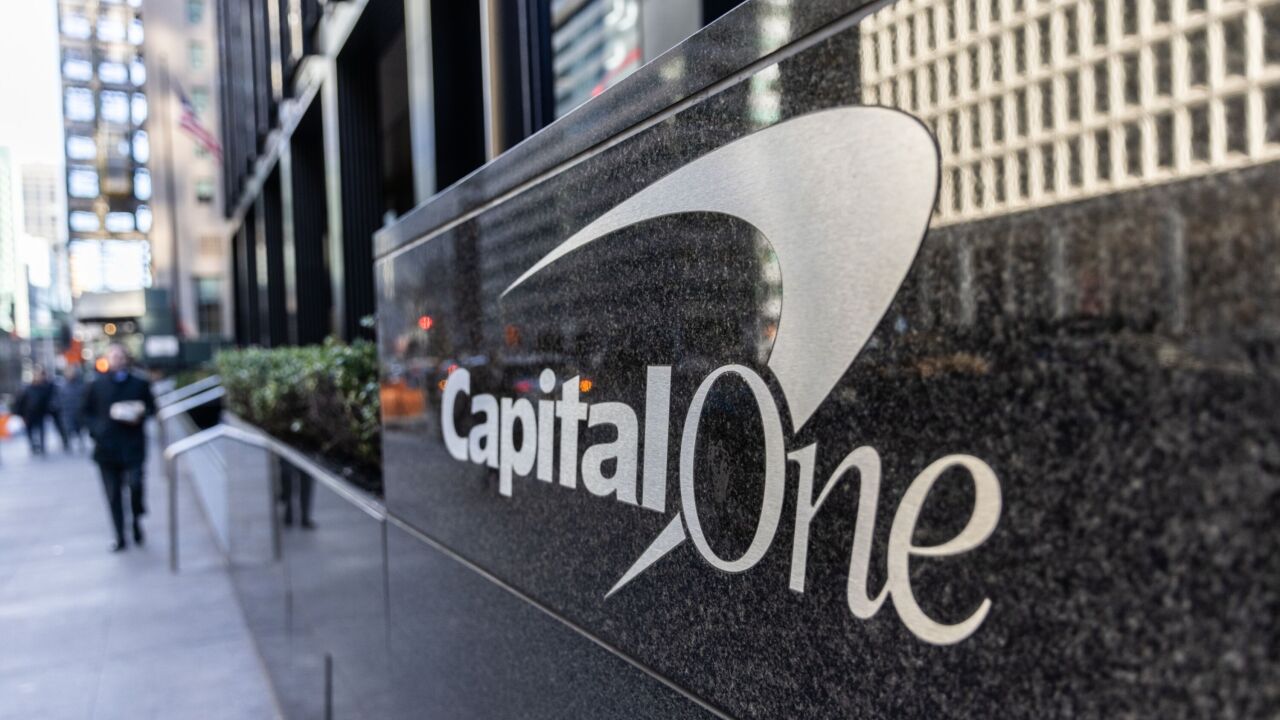WASHINGTON — The Federal Reserve Board's decision to extend investment banks' access to the discount window keeps open a facility none of those institutions has tapped for weeks.
One reason for that reluctance, observers said, is the possibility that borrowing would mean more intense regulatory supervision.
The Fed's reluctance to shut the window, however, may demonstrate just how important that facility is to maintaining the investment banks' access to liquidity that otherwise might not be so readily available.
"By keeping the discount window open, you reduce the likelihood investment banks would need it," said Oliver Ireland, a former Fed official and now a partner at Morrison & Foerster LLP. "By closing it, you increase the likelihood that they need it. So you want to keep it open."
The move parallels actions by Treasury Secretary Henry Paulson to boost confidence in the government-sponsored enterprises. Mr. Paulson asked Congress to grant the Treasury unlimited authority to invest in the GSEs' debt and equity — but said he would most likely never need to use it. The added power alone would soothe jittery markets, he said.
"If you've got a bazooka, and people know you've got it … you're not likely to [have to] take it out," Mr. Paulson said during a hearing this month on the GSE backstop plan.
The central bank also took other steps Wednesday designed to ensure continued liquidity. It said it would offer 84-day loans through its Term Auction Facility, which was set up late last year to let commercial banks bid for cash. The longer-term loans would be in addition to the current 28-day loans, the central bank said.
That move came in response to demand from commercial bankers for longer-term funding, observers said.
"It responds to growing pressure from the market," said Karen Shaw Petrou, managing partner of Federal Financial Analytics Inc.
As it did with the primary dealer credit facility, which gives discount window access to investment banks, the Fed also extended the term-securities lending facility through Jan. 30, 2009. The TSLF was set up on March 11 to allow investment banks to bid for Treasury securities in weekly auctions.
In addition to the $200 billion of Treasury securities that may be offered through the TSLF, the central bank said it had authorized the Federal Reserve Bank of New York to auction options through the program. The Fed said it intends to offer those options before periods that "are typically characterized by elevated stress in financial markets, such as quarter ends."
Under the options program, up to $50 billion of draws on TSLF using options may be outstanding at any time, the central bank said.
The Fed said it needed to make the changes "in light of continued fragile circumstances in financial markets."
Overall, observers said it was clear the Fed was girding for further problems ahead.
"It's a sign that the Federal Reserve and the federal government continue to understand that the crisis isn't over," said Jaret Seiberg, an analyst with Stanford Group Co. "The biggest worry that many on the street had was that the federal government would declare victory prematurely and pull away support while it was still needed."
Ms. Shaw Petrou said: "August is a difficult month. The markets are in some ways even easier to shock in August, because if everybody is at the beach, those left answering the phones are easier to spook."
The extension of the discount window for investment banks drew particular praise.
"The availability of this potential liquidity reassures the market, and provides a backstop that, because of its mere presence, makes it less likely to be utilized," said Tim Ryan, the president and chief executive of the Securities Industry and Financial Markets Association, in a press release.
The central bank made the decision in March to open the window to investment banks after it helped rescue Bear Stearns Cos. Many in the market said other investment banks could collapse because of a loss of confidence in the institutions that was causing funding sources to dry up.
In the weeks that followed, investment banks drew heavily on the window. By the end of their first week at the discount window, investment banks had taken on $28.8 billion of loans, much of which likely was related to the Bear rescue. The borrowing grew to $37.023 billion a week later but then began a steady decline. It inched up again, to $8.52 billion on June 11, but dropped to $1.69 billion by June 26.
After that point, no investment banks drew on the window as other funding sources proliferated. Several observers also said investment banks began to avoid using the window because of the fear of future Fed regulation. Lawmakers and Mr. Paulson have said that if investment banks have permanent access to the discount window, they must face stricter supervision. House Financial Services Committee Chairman Barney Frank has made it clear the issue is at the top of his 2009 agenda.
But most observers have said it is too late to stop tighter regulations. Even if the Fed tried to close access to the discount window for investment banks next year, the market would continue to believe it would be available when needed.
"The world changed when they did that," Mr. Ireland said. "I don't see how you reconstruct that egg. The egg is broken."





